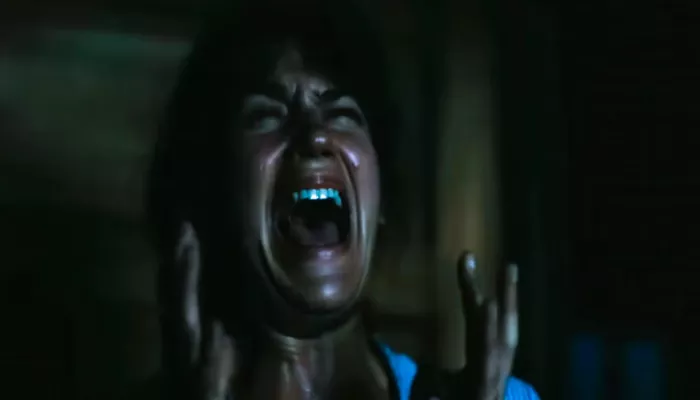A fresh and fierce addition to the crowded vampire movie genre, Sinners—written and directed by Ryan Coogler (Black Panther, Creed)—delivers more than just supernatural thrills. Set in 1932 Clarksdale, Mississippi, this inventive film intertwines rural Southern history with the deep cultural roots of the blues, crafting a monster movie that’s as symbolic as it is suspenseful. Movie Genre
Michael B. Jordan, Coogler’s longtime collaborator, stars in a compelling dual role as twin brothers Smoke and Stack. Returning from the Chicago underworld with ambitions and cash in hand, the twins aim to open Club Juke—a haven for blues music, dancing, and camaraderie. Supported by their cousin Sammie “Preacher Boy” (Miles Canton) and a close-knit circle, their grand opening promises celebration, but darkness soon descends when vampires infiltrate their sanctuary.
This is no ordinary horror story. As explored in the Rural Horror Picture Show podcast, the supernatural in Sinners serves as a powerful metaphor. The vampires embody systemic issues like appropriation, white supremacy, and the lingering effects of colonialism. Their false promises of “fellowship and love” mask a sinister agenda of cultural theft, reflecting real-world struggles within rural Black communities.
At the heart of the film is the blues—specifically, its rural origins and enduring Black legacy. Clarksdale, famed as the birthplace of the blues and the legendary crossroads where Robert Johnson is said to have sold his soul, provides a haunting backdrop. Sammie’s conflict between his preacher father’s warnings and his own mystical musical gifts highlights the film’s rich exploration of how music transcends time and connects generations. His guitar-playing channels more than just melody—it’s a supernatural bridge to the past and future, a metaphor for the lasting power of rural Black musical traditions. Movie Characters
The film also touches on the Great Migration and the cultural exchanges shaping American music. Sammie’s journey mirrors the historical movement of Black musicians along the Mississippi Delta to urban centers like Chicago, emphasizing that physical distance did not sever the ties of racial oppression.
Coogler’s Sinners brilliantly uses horror to expose white violence and cultural appropriation, with the vampire leader Remmick (Jack O’Connell) personifying colonial betrayal. An Irish colonized man himself, Remmick’s desire to exploit Sammie’s music reveals a vicious cycle where exploitation perpetuates under the guise of unity and immortality. This narrative warns against the seductive yet hollow promises of cultural erasure masked as equality.
Music becomes resistance in Sinners. It forges community, preserves memory, and stands firm against oppression’s horrors—especially in the shadow of Jim Crow’s terror and the KKK’s threat. This movie invites viewers to witness a story that is thrilling, essential, and deeply rooted in rural history. For those ready to experience a vampire film layered with symbolism and soul, Sinners is a must-watch.

